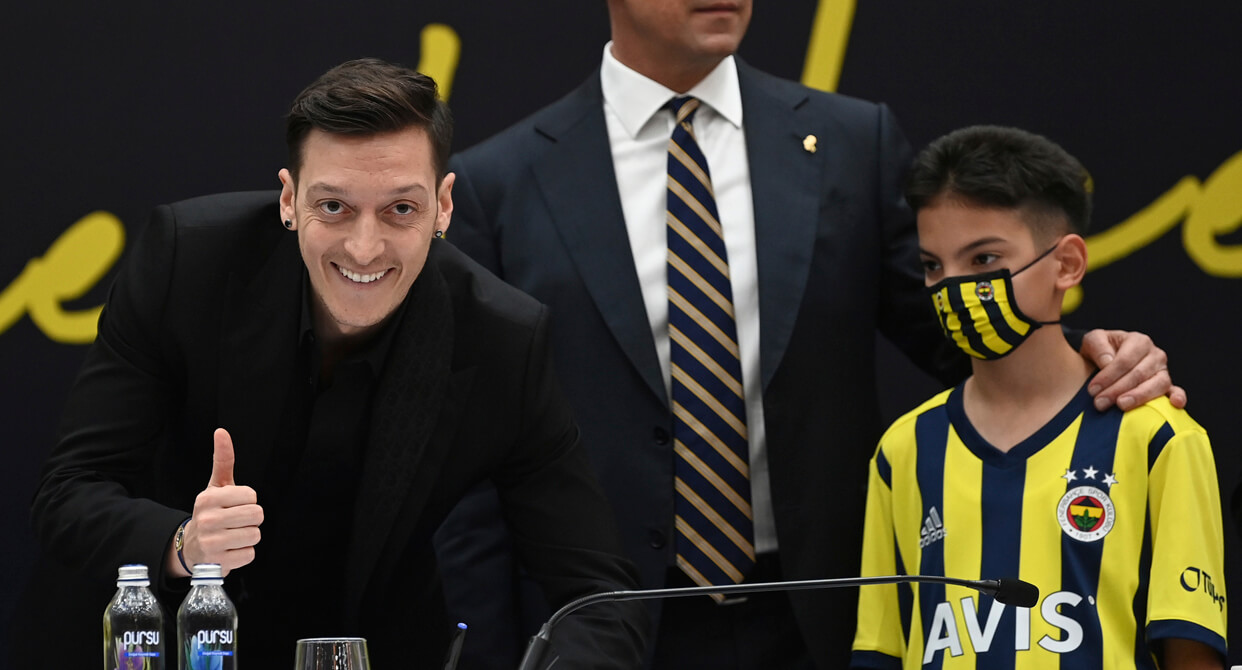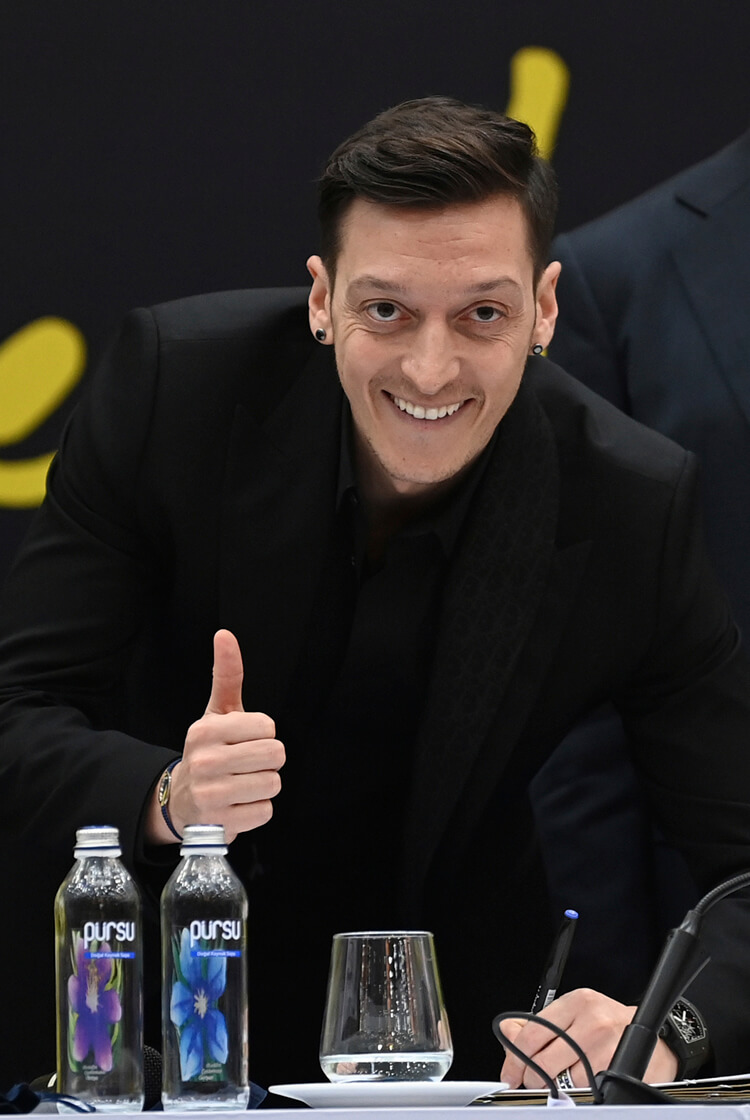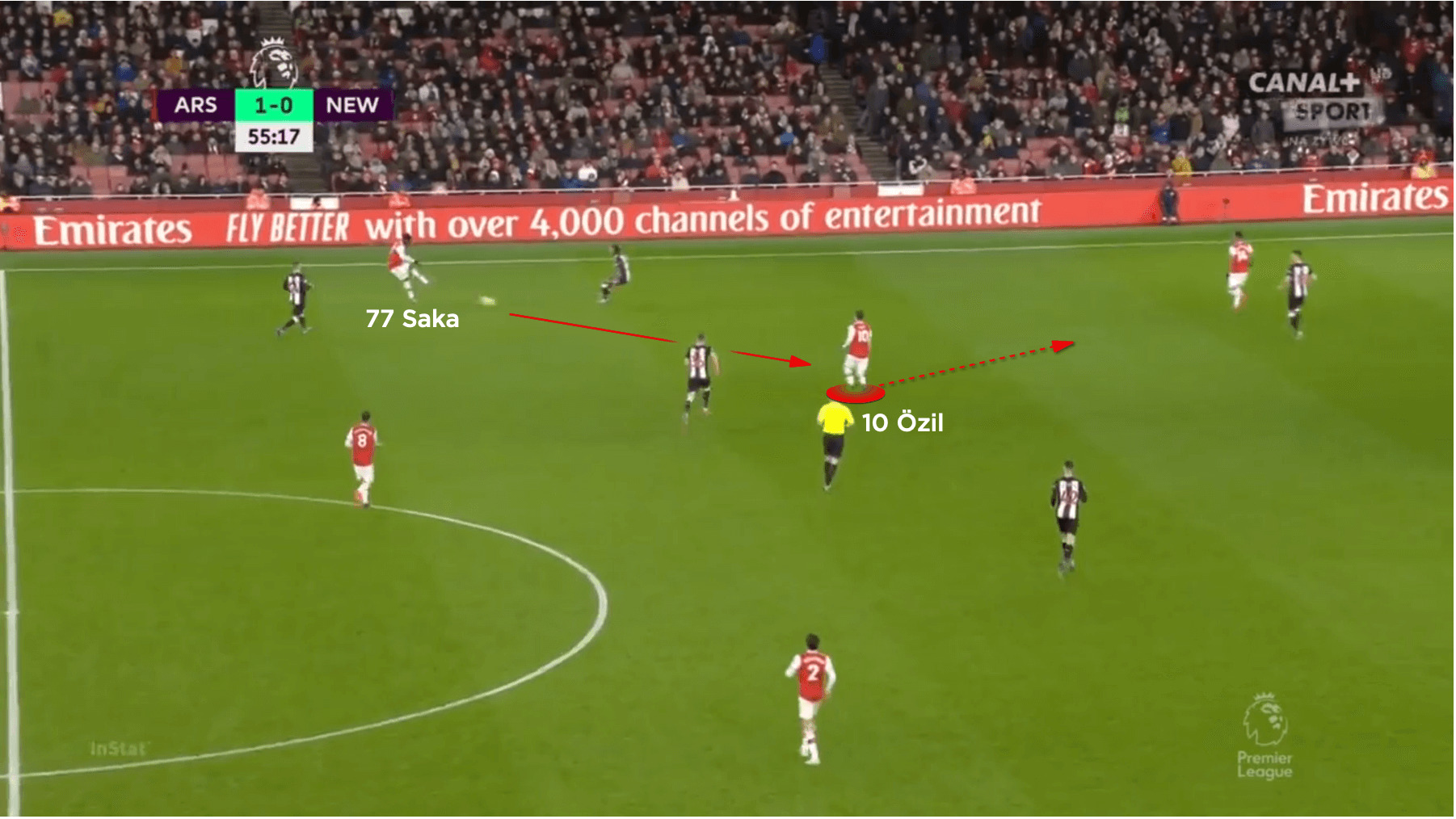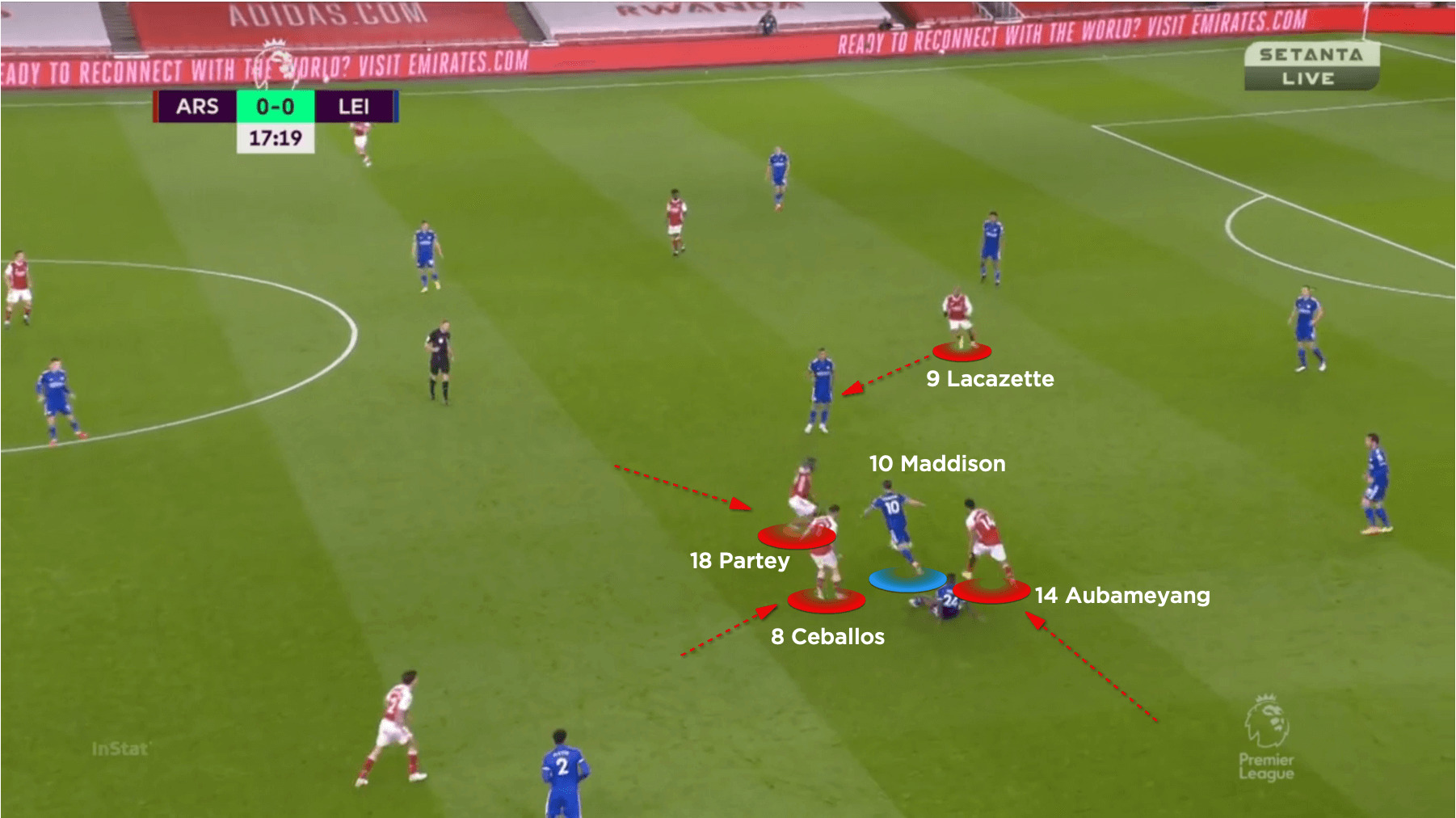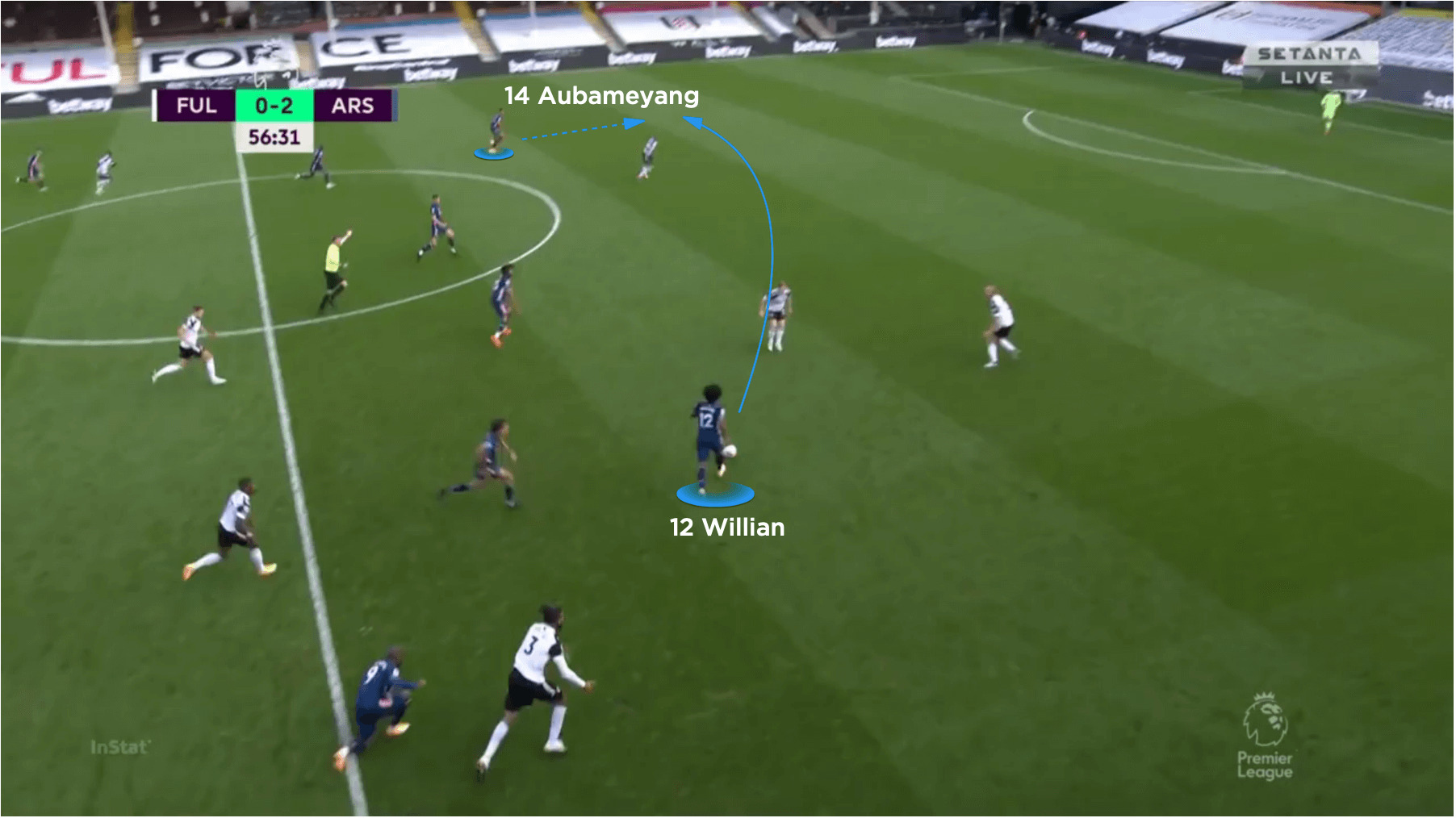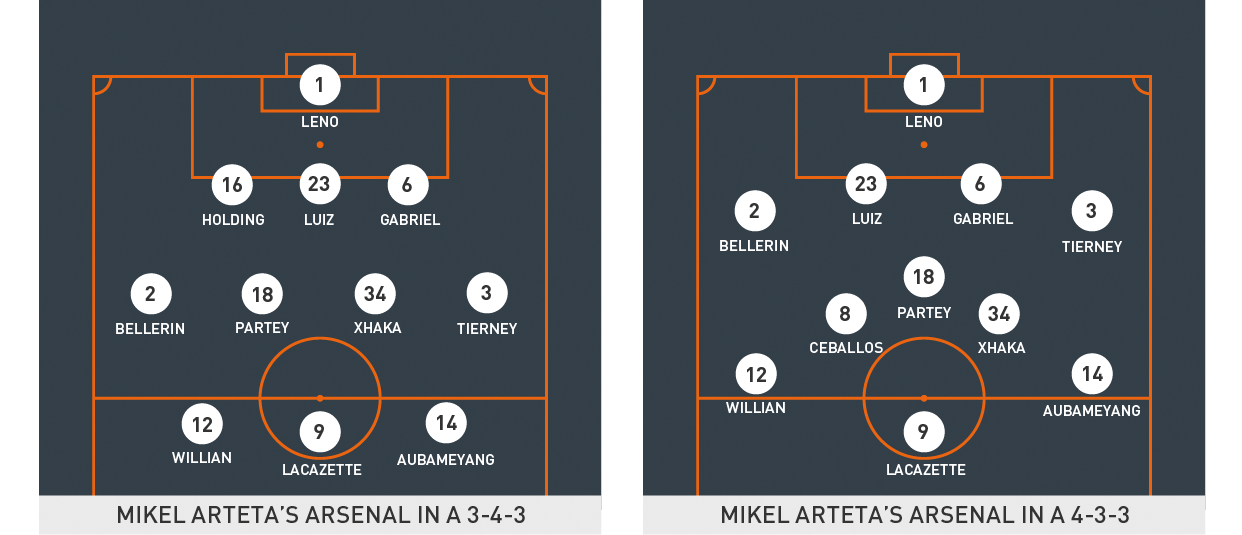- Our website uses cookies to distinguish you from other users of our website. This helps us to provide you with a good experience when you browse our website and also allows us to improve our site.
- A cookie is a small file of letters and numbers that we store on your browser or the hard drive of your computer if you agree. Cookies contain information that is transferred to your computer's hard drive.
These are cookies that are required for the operation of our website. They include, for example, cookies that enable you to log into secure areas of our website.
If you disable this cookie, we will not be able to save your preferences. This means that every time you visit this website you will need to enable or disable cookies again.
These allow us to recognise and count the number of visitors and to see how visitors move around our website when they are using it. This helps us to improve the way our website works, for example, by ensuring that users are finding what they are looking for easily.
Please enable Strictly Necessary Cookies first so that we can save your preferences!
This website uses the following additional cookies:
| Cookie | Purpose | More information |
|---|---|---|
| join-mailing-list | WordPress sets this cookie when you load any page, We will hide newsletter form after click on close button and it will not show again on any page. | Cookie Value: 1 Expiry time: 1 week |
| gated-list_ | WordPress sets this cookie when you load an article page, We will hide contact form after you click on the close button and it will not show again on the particular article page. | Cookie Value: dynamic cookie value generated here Expiry time: 1 week |
| wordpress_test_cookie | WordPress sets this cookie when you navigate to the login page. The cookie is used to check whether your web browser is set to allow, or reject cookies. | Cookie Value: WP Cookie check Expiry time: session |
| wp-settings-1 | WordPress also sets a few wp-settings-[UID] cookies. The number on the end is your individual user ID from the users database table. This is used to customise your view of admin interface and in some circumstances the main site interface. | Cookie Value: Text indicating your preferred settings Expiry time: session |
| wp-settings-time-1 | WordPress also sets a few wp-settings-[UID] cookies. The number on the end is your individual user ID from the users database table. This is used to customise your view of admin interface and in some circumstances the main site interface. | Cookie Value: Text indicating your preferred settings Expiry time: session |
| wordpress_logged_in_xxxxx | WordPress uses this cookie to indicate when you’re logged in, and who you are, for most interface use. | Cookie Value: Your login details in an encrypted form Expiry time: session |
| wordpress_xxxxx | WordPress uses these cookies to store your authentication details, and their use is limited to the admin console area. | Cookie Value: Your login authentication details in an encrypted form Expiry time: session |
- Please note that third parties (including, for example, advertising networks and providers of external services like web traffic analysis services) may also use cookies, over which we have no control. These cookies are likely to be analytical/performance cookies or targeting cookies.
- You can block cookies by activating the setting on your browser that allows you to refuse the setting of all or some cookies. However, if you use your browser settings to block all cookies (including essential cookies) you may not be able to access all or parts of our site.
- Except for essential cookies, all cookies will expire after the expiry periods stated in the table above.
Please enable Strictly Necessary Cookies first so that we can save your preferences!
